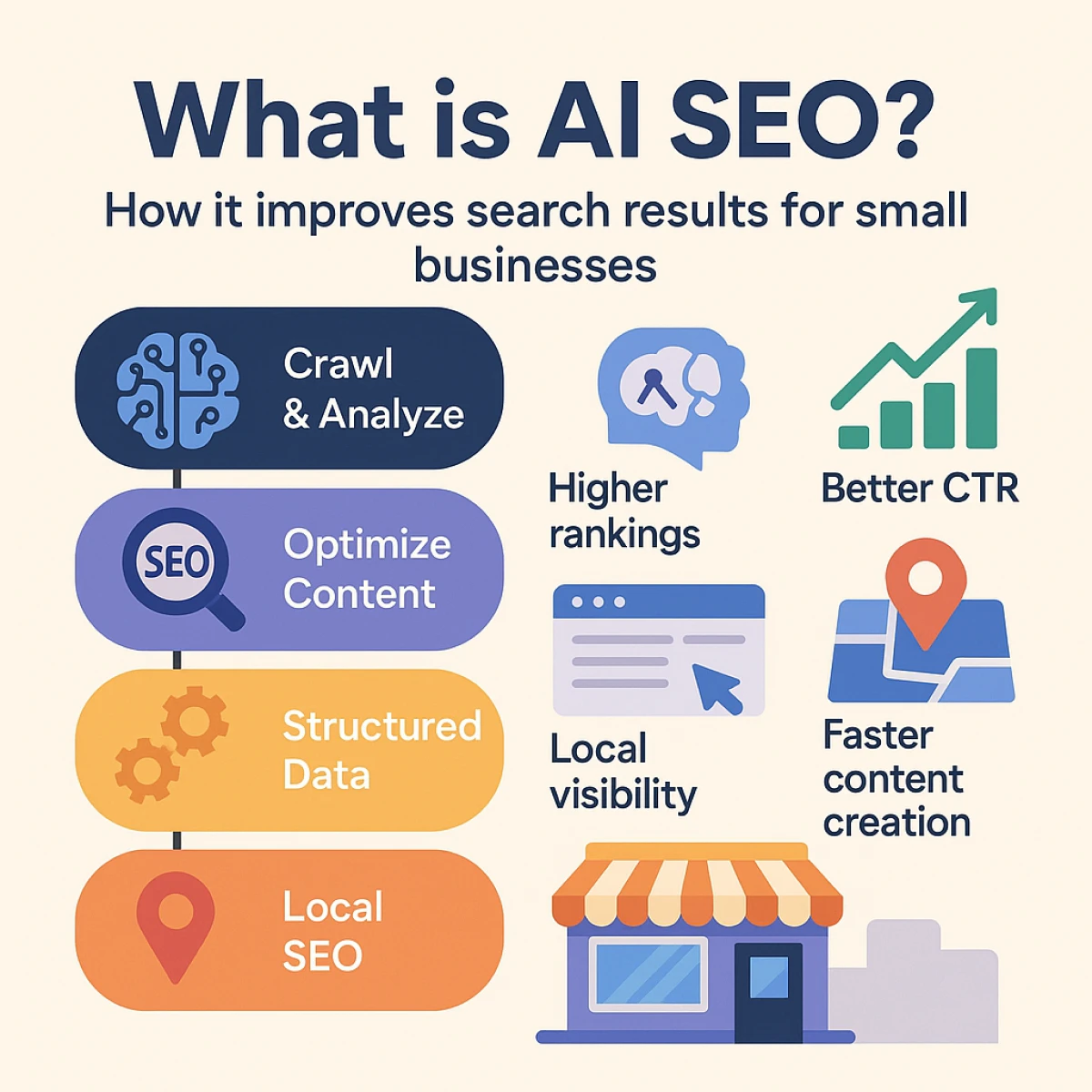Tired of spending more time clicking than caring? You’re not alone. For many healthcare professionals, documentation feels like a never-ending chore that pulls focus away from what matters—your patients. But what if you could shift the balance? Imagine wrapping up your notes faster, with fewer errors, and walking into each exam room more prepared and less stressed.
That’s the promise AI brings to clinical documentation. No, it’s not science fiction—it’s practical, and already transforming workflows in clinics like yours. This article will uncover top strategies for using AI to manage medical notes more efficiently, reduce daily stress, and give you back more face-to-face time with patients, where your expertise and compassion belong.
The Evolution of Medical Documentation Systems
Medical documentation has undergone a remarkable transformation over the decades, shifting from handwritten notes to sophisticated digital systems powered by artificial intelligence.
The Rise of AI for Medical Notes
The limitations of conventional EHR systems have paved the way for AI in healthcare solutions specifically designed to address documentation inefficiencies. These intelligent systems use natural language processing and machine learning to transform how clinicians capture, organize, and utilize patient information.
Unlike basic EHR platforms, ai for medical notes actively assist providers by automating repetitive tasks and contextualizing clinical data.
Current Technological Foundations
Today’s medical documentation systems rely on sophisticated technologies that work together to streamline the note-taking process. Natural Language Processing (NLP) allows computers to understand human speech patterns, while machine learning algorithms help systems improve accuracy over time. These advances are making medical documentation more intuitive and less time-consuming for busy healthcare professionals.
The progression from paper charts to AI-assisted documentation represents a significant leap forward in addressing the administrative burden that has long plagued clinical practice, setting the stage for more intelligent approaches to medical note management.
Benefits of AI-Powered Medical Note Management
Implementing AI for documentation offers substantial advantages that directly address the most pressing challenges in today’s clinical environments. These benefits extend beyond simple time savings to improve multiple aspects of healthcare delivery.
Dramatic Time Savings for Clinicians
One of the most immediate benefits of AI in healthcare documentation is the reduction in time spent on administrative tasks. Studies show that AI-assisted documentation can reduce note-taking time by 19-92%, depending on the specialty and implementation approach. This translates to hours reclaimed each week that clinicians can redirect to patient care or personal well-being.
Enhanced Accuracy and Standardization
Human documentation is prone to errors, inconsistencies, and omissions, especially when created under time pressure. AI systems help standardize clinical documentation by ensuring all required elements are included and formatted consistently. This standardization improves communication between providers and reduces the risk of missing critical information that could affect patient care.
Real-Time Documentation Capabilities
Traditional documentation often happens after patient encounters, when details may be forgotten. Digital health tools with AI capabilities enable real-time note creation during the visit itself.
The technology can listen to patient-provider conversations, extract relevant clinical information, and generate structured notes that clinicians can review and approve immediately, reducing the need for after-hours charting.
These powerful benefits demonstrate why healthcare organizations are increasingly turning to AI solutions to transform their documentation processes. As we’ll explore next, the core technologies driving these advancements offer specialized capabilities for different clinical settings.
Core AI Technologies Revolutionizing Documentation
Behind every effective AI documentation system are several key technologies working in concert to transform patient encounters into accurate, usable medical records. Understanding these technologies helps practitioners select the right tools for their specific needs.
Ambient Intelligence for Passive Documentation
Ambient clinical intelligence represents one of the most exciting advances in medical note management. These systems use powerful microphones and AI processing to listen to clinical conversations and automatically generate notes without requiring the provider to dictate or type. The technology works quietly in the background, allowing physicians to maintain natural interaction with patients while documentation happens automatically.
Natural Language Processing for Medical Terminology
Healthcare conversations contain complex medical terminology, contextual nuances, and critical details that general-purpose AI might miss. Specialized Natural Language Processing (NLP) systems for healthcare can recognize medical jargon, understand the significance of symptoms described in various ways, and organize information according to standard medical documentation formats like SOAP notes.
Machine Learning for Contextual Understanding
Medical documentation isn’t just about recording words—it requires understanding the clinical significance of information. Machine learning algorithms analyze patterns across thousands of medical records to develop contextual understanding.
This allows AI systems to distinguish between casual conversation and clinically relevant information, prioritizing what should be included in official documentation. These foundational technologies are transforming how clinic efficiency is achieved through streamlined documentation processes. The implementation of these tools, however, requires careful strategy to ensure successful adoption and maximum benefit.
Implementation Strategies for Success
Adopting AI documentation systems requires thoughtful planning and execution. The most successful implementations follow key strategies that address both technical and human factors within the clinical environment.
Workflow Analysis Before Integration
Before selecting an AI documentation solution, conduct a thorough analysis of your current documentation workflows. Identify specific pain points, redundancies, and areas where clinicians spend disproportionate amounts of time.
This analysis will help you select a solution that addresses your clinic’s unique challenges rather than adding another layer of technology.
Selecting the Right Solution for Your Specialty
Different medical specialties have distinct documentation requirements and terminologies. A psychiatrist needs different documentation capabilities than a dermatologist or cardiologist.
Evaluate AI solutions based on their ability to handle specialty-specific terminology, formats, and regulatory requirements. The best systems offer customizable templates and vocabulary that can be tailored to different practice areas.
Training and Change Management
Even the most advanced digital health tools require proper training for optimal results. Develop a comprehensive training plan that includes hands-on practice sessions, readily available support resources, and designated “super users” who can help colleagues troubleshoot issues.
Address resistance by emphasizing benefits and gathering regular feedback to refine the implementation approach. Successful implementation hinges on treating AI adoption as an organizational change process rather than merely a technology upgrade.
With the right approach, automating medical documentation can significantly enhance clinical operations while reducing provider burden.
Common Challenges and Solutions
While AI offers tremendous potential for improving documentation, implementation isn’t without obstacles. Understanding common challenges and proven solutions helps clinics navigate the transition successfully.
Addressing Accuracy Concerns
Some clinicians worry that AI-generated notes might miss critical information or introduce errors. This concern can be addressed by implementing hybrid approaches where AI creates initial documentation that providers can quickly review and edit.
Many systems also allow customization to match specific provider preferences, improving accuracy over time through machine learning.
Managing Integration with Legacy Systems
Most healthcare organizations already use established EHR systems that represent significant investments. Automating medical documentation through AI must work seamlessly with these existing platforms.
Look for solutions that offer certified integrations with major EHR systems and evaluate the technical requirements for data exchange between systems.
Ensuring Privacy and Compliance
Digital health tools that handle sensitive patient information must maintain strict compliance with HIPAA and other privacy regulations. Evaluate potential AI solutions based on their security features, data storage practices, and compliance certifications.
Ensure that vendors provide clear documentation regarding how patient data is protected throughout the documentation process. By anticipating these challenges, clinics can develop strategies to overcome potential roadblocks and achieve smoother implementation of AI documentation systems, paving the way for ongoing optimization of clinic efficiency.
FAQs
1. What capabilities do modern AI medical documentation tools offer?
Modern AI tools can transcribe conversations, identify key clinical information, structure notes according to standard formats, suggest medical codes, and integrate directly with EHR systems—all while maintaining HIPAA compliance and adapting to individual provider preferences.
2. How much time can AI documentation tools actually save?
Studies show AI documentation assistants can reduce documentation time by 25-75%, depending on specialty, complexity, and implementation approach. Many physicians report saving 1-2 hours daily, significantly reducing after-hours work.
3. Are AI documentation systems secure and HIPAA-compliant?
Leading AI medical documentation platforms implement enterprise-grade security with end-to-end encryption, role-based access controls, and comprehensive audit trails. Always verify vendor compliance certifications and security practices before implementation.








